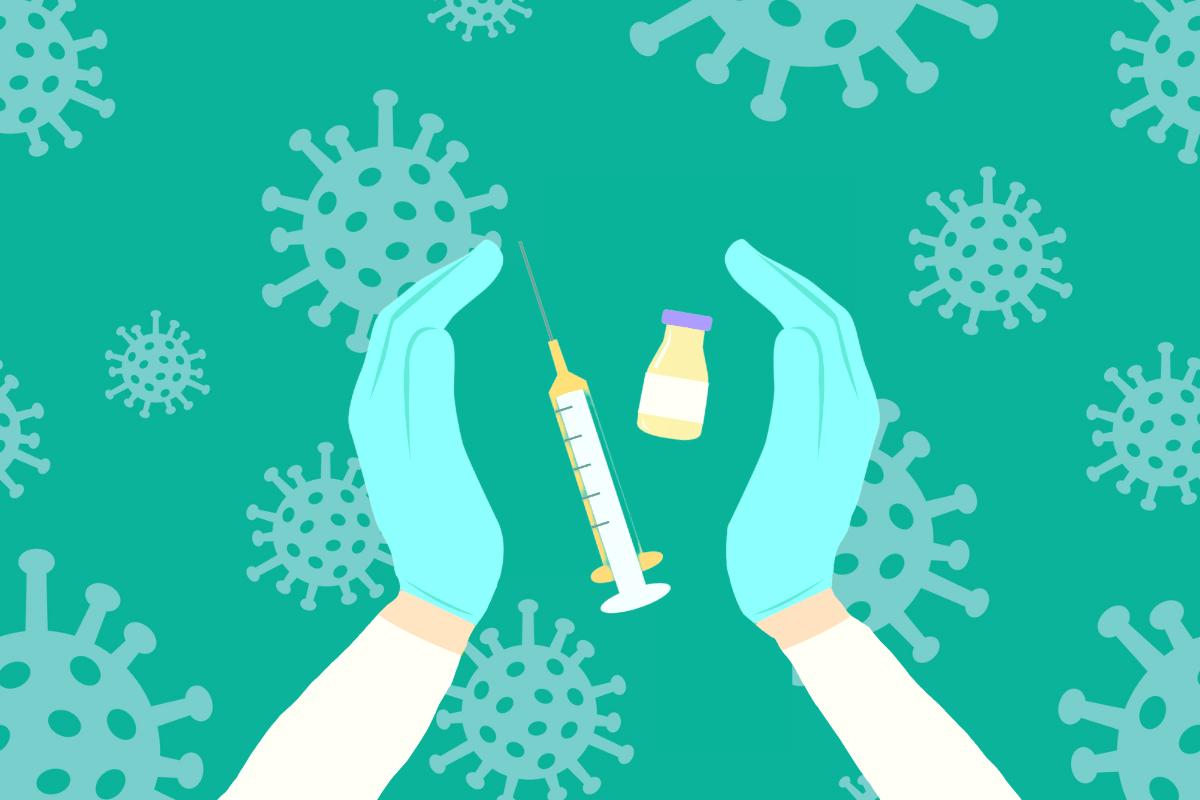
Pandemic fatigue is understandable, especially considering what we have endured over the last two years: lockdowns, social distancing, QR code check ins, new variants, changing restrictions, separation from loved ones and more.
With this in mind, some may be experiencing a bit of pandemic fatigue or even anxiety regarding Omicron case numbers.
But what can potentially provide some hope is the fact Omicron is a very different disease compared to Delta: and that’s a good thing.
So, what should we be expecting when it comes to the Omicron variant and Australia’s higher case numbers?
We spoke to Dr Ziad Basyouny, a Fellow of the Royal Australian College of General Practitioners (FRACGP) to get the answers.
Watch: Thank you to masks. Post continues below.
Australia's number of infections were always expected to be high at the moment.
For those who are feeling a little bit anxious seeing the high case numbers across the country, Dr Ziad understands why you feel that way. But he also wants you to know that case numbers like these were expected by health experts.
"In my view the biggest mistake in the handling of this pandemic is that we let our politicians run with the 'COVID-zero' slogan. It's just not sustainable or achievable to not have any cases whatsoever," he tells Mamamia.





























































































